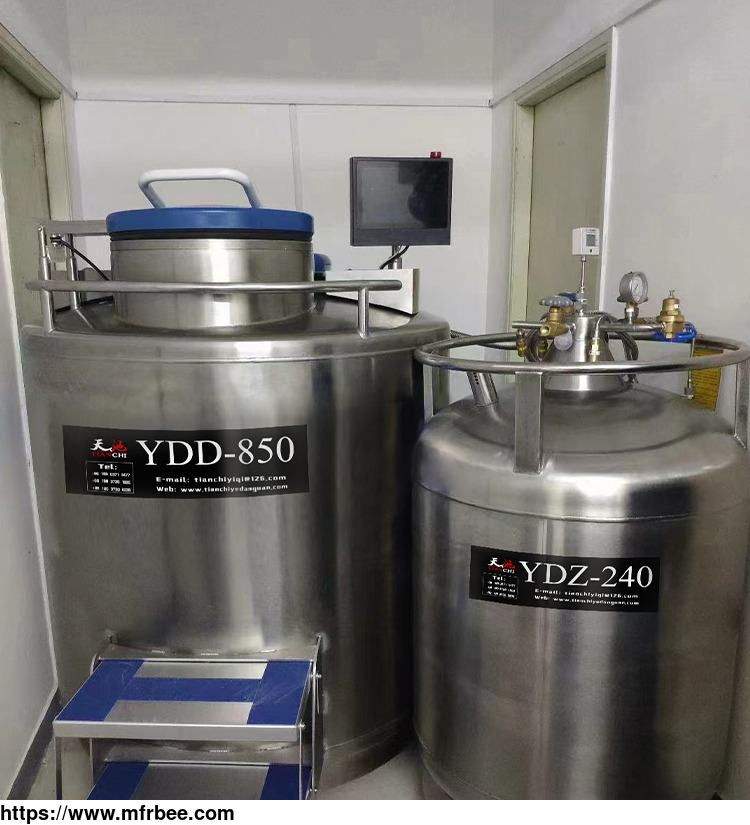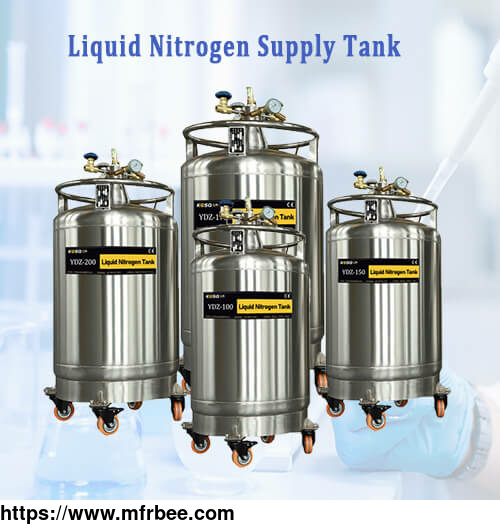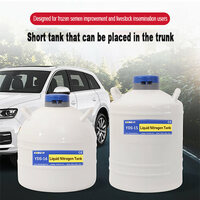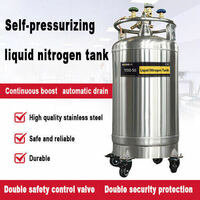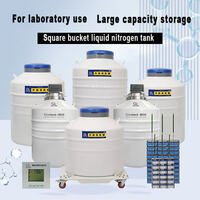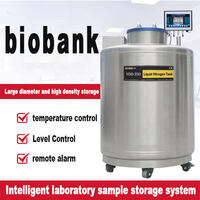Uganda low pressure liquid nitrogen tank KGSQ cryogenic container
Quick Detail
- Place of Origin:china
- Minimum order:1
Specifications
As we all know, liquid nitrogen is a consumable low-temperature liquid that volatilizes when heated. Even if it is stored in a well-sealed liquid nitrogen tank, it will continue to decrease over time. Therefore, when professionals who need to freeze biological samples find that the liquid nitrogen in the tank is lower than a certain limit, they need to replenish liquid nitrogen in the tank in time to ensure that the samples can be stored normally.
However, most of the liquid nitrogen tanks used in laboratories are relatively large in volume and size. It is difficult to lift them manually and pour liquid nitrogen into the liquid nitrogen tank, and it is also easy to cause frostbite. Therefore, theself-pressurizing liquid nitrogen tankhas become a good helper for rehydration of laboratory liquid nitrogen tanks, solving the rehydration problem of laboratory users.
However, many users do not understand how to operate a self-pressurized liquid nitrogen tank. Today I will explain it in detail.
1. Pressure replenishment sequence: close the vent valve, open the boost valve, and open the liquid outlet valve
The self-pressurizing liquid nitrogen tank needs to be pressurized first, and the vent valve must be closed first to pressurize the liquid; then open the pressurizing valve to allow the nitrogen in the pressurizing tube to enter the inner tank, and then start the exchange cycle of nitrogen and liquid nitrogen. Until the pressure increases to ≥0.05MPa.
After the infusion is completed, first stop the pressurization, then stop draining the liquid nitrogen, and then open the pressure relief exhaust valve, that is, the vent valve.
2. Let it stand for storage and open the vent valve.
The function of the vent valve is not only to relieve pressure and discharge residual liquid nitrogen, but also to prevent external heat and humid air from entering the pipeline and inner tank.
When the self-pressurized liquid nitrogen tank is stored statically, although there is no pressure, the liquid nitrogen naturally volatilizes, and a gas outlet is needed to release the nitrogen. The vent valve just acts as this \"gas outlet\". There is also the previously mentioned infusion to complete the pressure relief to avoid the entry of external air, etc.
3. The pressure should not be close to 0.09MPa
The self-pressurizing liquid nitrogen tank complies with the national standard GB/T 14774-2012. It is a self-pressurizing liquid nitrogen container and the pressure must not exceed 0.1MPa. For the safety of users, most manufacturers set the pressure at no more than 0.09MPa and strive to be safe.
If the pressure =0.09MPa, the self-pressurizing liquid nitrogen tank will automatically open the safety valve to release pressure to avoid dangerous incidents.
In addition, during normal use, the temperature difference between the inside and outside of the container is large, and the thermal equilibrium time is longer when adding liquid nitrogen. Use liquid nitrogen in advance to pre-cool it, and then add it gradually and slowly to prevent ice blockage!
If you have any needs, please contact KGSQ liquid nitrogen tank:
Email: tcln2container@126.com
WhatsApp: +8618903712477
Official website:https://www.cryogenicstoragetank.com/YDZ-Series-Liquid-Nitrogen-Supply-Tank.html
/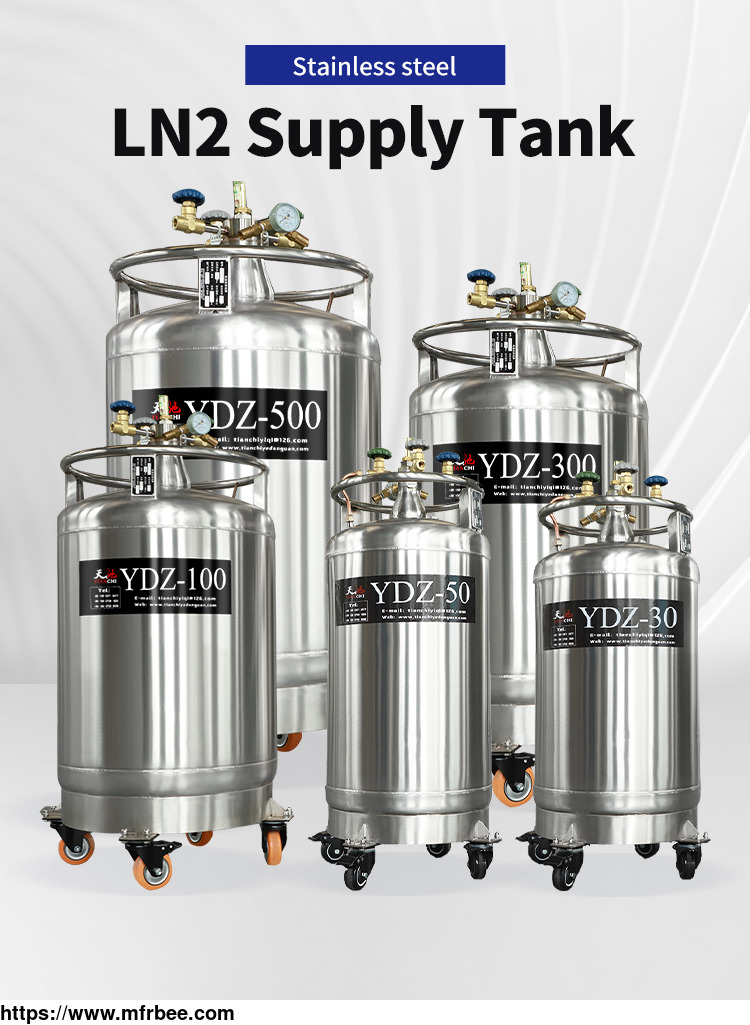 /
/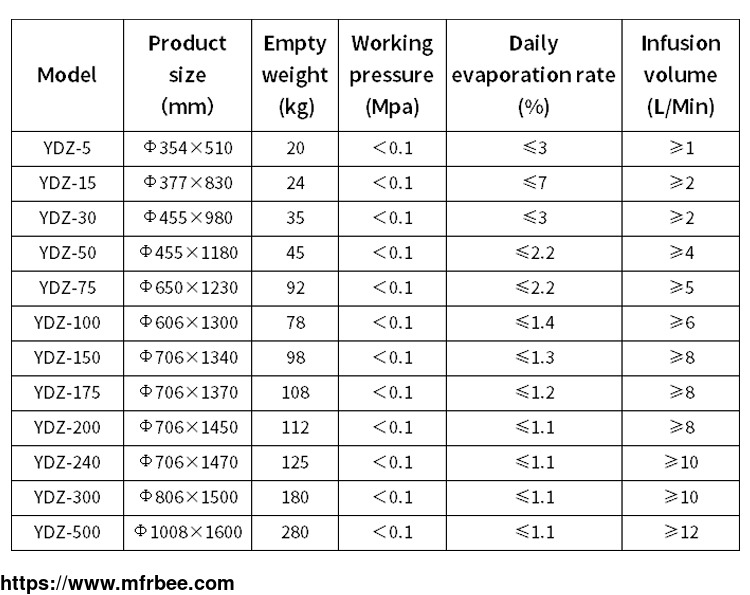 /
/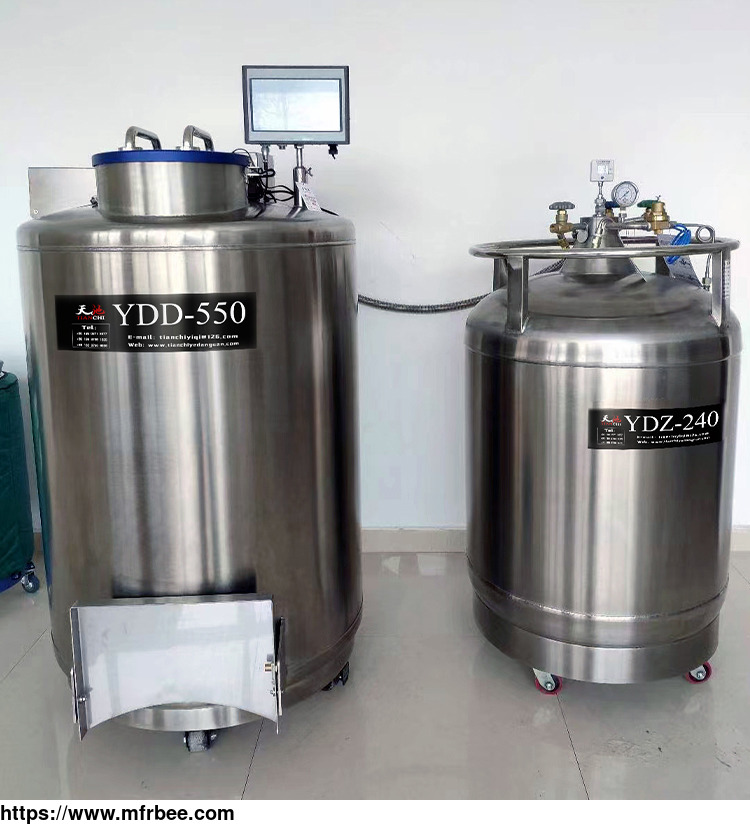 /
/